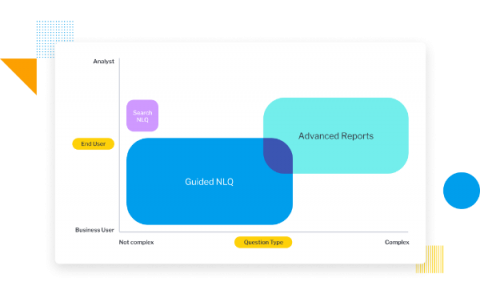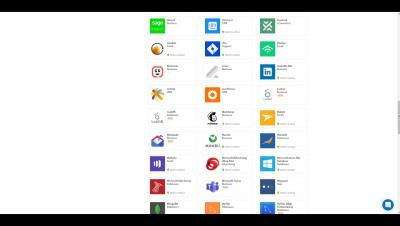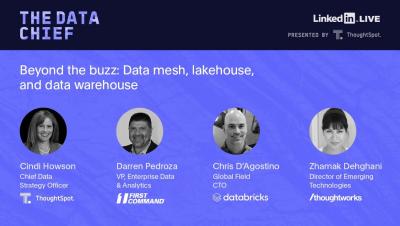Systems | Development | Analytics | API | Testing
BI
The Rubber-Band Effect: How Organizations Are Catching Up To Themselves
In 2020, in response to the pandemic, we saw an urgent shift to SaaS and various emerging technologies. It was covered at length in “Introducing Trends 2021 – 'The Great Digital Switch'.” Largely driven by necessity, organizations needed to make drastic moves “to keep the lights on” and cater to operations in a more virtual and remote style. This big leap forward drastically changed the IT landscape and infrastructure in a lot of organizations.
Admission Control Architecture for Cloudera Data Platform
Apache Impala is a massively parallel in-memory SQL engine supported by Cloudera designed for Analytics and ad hoc queries against data stored in Apache Hive, Apache HBase and Apache Kudu tables. Supporting powerful queries and high levels of concurrency Impala can use significant amounts of cluster resources. In multi-tenant environments this can inadvertently impact adjacent services such as YARN, HBase, and even HDFS.
How to Use the Talend Stitch Integration in the Amazon Redshift Console
The Data Chief Live: Beyond the Buzz in Data Mesh, Lakehouse, Data Warehouse
Processing DICOM Files With Spark on CDP Hybrid Cloud
Talend iPaaS momentum grows. Talend recognized in the 2021 Gartner Magic Quadrant for Enterprise iPaaS
As organizations continue to embrace cloud-based computing as the cornerstone of their digital transformation, the integration platform as a service (iPaaS) has become a critical component of their integration environments. An iPaaS solution simplifies the integration of data, applications, and systems, whether in the cloud or on-premises, through unified support for API, application, data, and B2B integration styles.
How Cloudera DataFlow Enables Successful Data Mesh Architectures
In this blog, I will demonstrate the value of Cloudera DataFlow (CDF), the edge-to-cloud streaming data platform available on the Cloudera Data Platform (CDP), as a Data integration and Democratization fabric. Within the context of a data mesh architecture, I will present industry settings / use cases where the particular architecture is relevant and highlight the business value that it delivers against business and technology areas.
The Great Data Revolution Is Here, and Qlik Customers Are at the Heart of It
Data – the amount we create, how we create it, how it is accessed (think both people and Artificial Intelligence/machines), and how we use it to inform, propel and influence everyone and everything is one of the biggest challenges and opportunities we face in our lifetime. And it’s driving enormous change.










